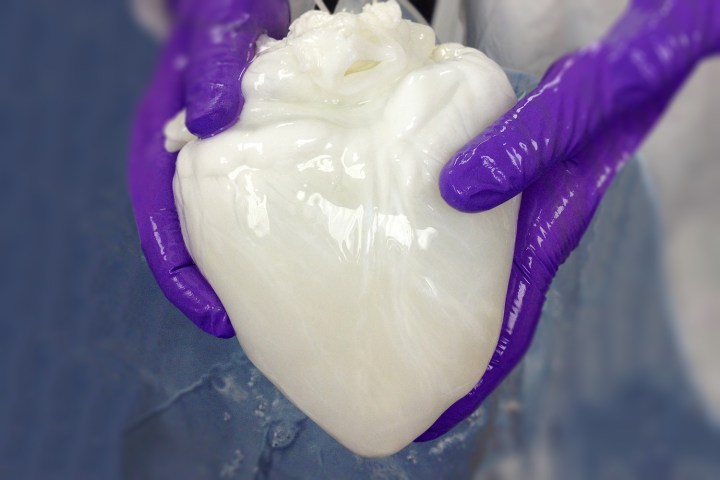
A startup called Miromatrix Medical thinks it has the answer, however, courtesy of a process called perfusion decellularization and recellularization. In short, the idea is to take an animal organ and strip out any cells that could cause it to be rejected. Once no cells are left, and the organ has turned completely white, it’s then pumped full of the patient’s cells to make it ready for transplant.
“We are creating a fully biologic human organ for transplant,” Robert Cohen, president and CEO of Miromatrix Medical, told Digital Trends. “We do this by starting with a pig organ, removing all of the cells which contain everything that makes human bodies reject animal organs with our proprietary technology. [We then add] back human cells, preferably from the ultimate organ recipient, to rebuild the organ.”

There is more to the process than this, but Cohen said that the key is that pig organs are very similar in size, structure, and function to human organs. He also stressed that Miromatrix Medical is the first and only company with the technology to be able to fully decellularize an organ, while retaining its full structure and form.
“Our goal is nothing short of eliminating the organ transplant waiting list and saving the lives of the thousands of people who die each year waiting for an organ replacement,” he continued. “Our lead program is a liver, followed closely by a kidney. Providing an unlimited supply of kidneys ultimately could eliminate kidney dialysis.”
And don’t worry if you feel bad for the pig in the equation, either.
“Our plan is to save a pig [by removing its] native liver and replacing it with one of our own manufacture, with the pig alive and well a day later, at the end of 2017,” Cohen said. “[We hope to have our] human implant of the liver by the end of 2019. Kidney will follow liver, followed by lung, heart and an approach to diabetes, among other things. We all know someone who has, or had, a failing organ. For all of these people, our message is to have hope. Help is on the way.”
Editors' Recommendations
- This artificial heart could help keep people on transplant waiting lists alive
- Breakthrough in bioprinting could enable 3D printing of replacement organs


